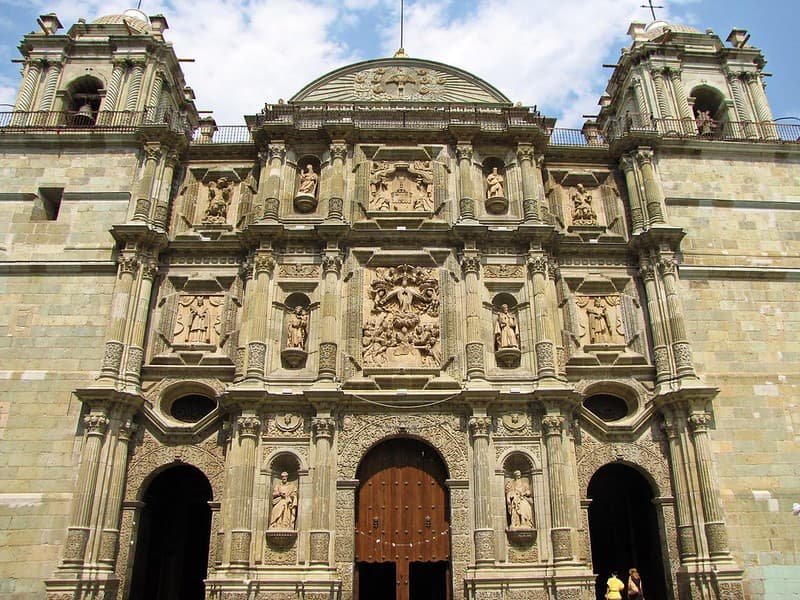Churches of Oaxaca: A Visit to a Historic City
In Oaxaca, the religious constructions of the colonial era impress with the magnificence of their interior and exterior decorations and offer a peculiar vision of the history of this kind and beautiful city.





